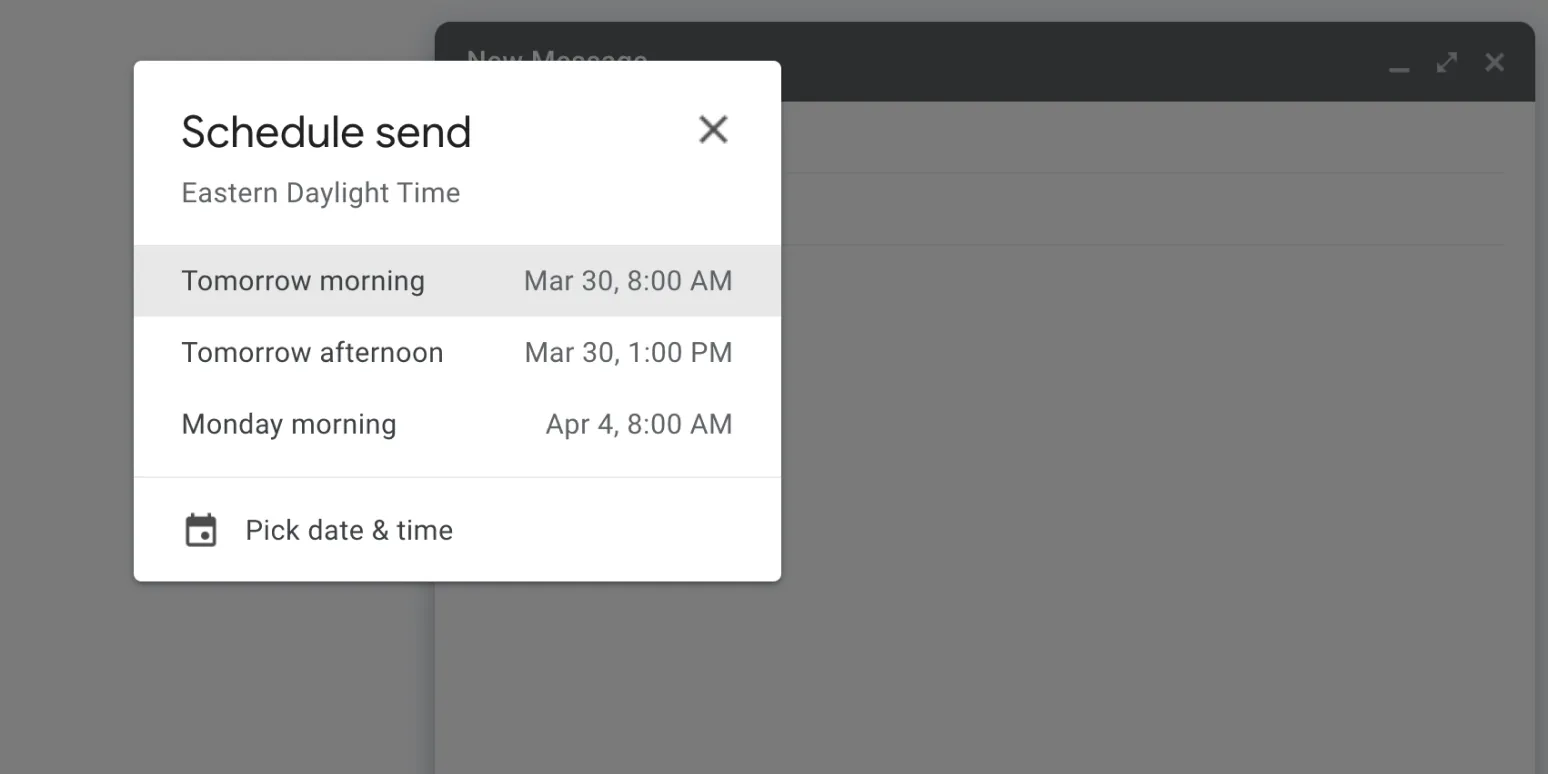In today’s fast-paced digital world, managing your time effectively is essential for productivity. One crucial aspect of this is how we handle our emails. Scheduling your emails can significantly enhance your workflow and communication efficiency. Here’s why I schedule all my emails—and you should too.
Improved Time Management
When you schedule your emails, you take control of your time. Instead of being constantly interrupted by incoming messages, you can set specific times to check and respond to emails. This leads to a more organized day and allows you to focus on other important tasks without constant distractions.
Increased Productivity
By scheduling emails, you can batch your communication activities. This means you can devote a block of time to drafting and scheduling emails rather than spreading this task throughout the day. As a result, you can achieve a state of flow that boosts your productivity.
Better Communication Timing
Timing is critical in communication. Scheduling emails allows you to send messages at the optimal time for the recipient. For instance, if you know your colleague checks their emails in the morning, you can schedule your message to arrive early. This increases the chances of your email being read promptly and improves your overall communication strategy.
Consistency in Follow-Ups
Follow-ups are essential in maintaining communication, especially in professional settings. By planning your emails, you can set reminders for follow-ups and ensure that you stay on top of important conversations. This consistency builds trust and reliability in your professional relationships.
Reduced Stress
Managing an overflowing inbox can be stressful. When you schedule your emails, you can clear out your inbox in a structured manner. This reduces anxiety and helps you feel more in control of your workload. A less cluttered inbox can lead to a clearer mind and better decision-making.
Chart: Email Scheduling Benefits
| Benefit | Description |
|---|---|
| Time Management | Control when you check emails, reducing distractions. |
| Increased Productivity | Batch email tasks for better focus and workflow. |
| Communication Timing | Send emails when recipients are most likely to read them. |
| Consistency | Ensure timely follow-ups to maintain professional relationships. |
| Reduced Stress | Clear inbox leads to better mental clarity and decision-making. |
Utilizing Tools for Email Scheduling
There are numerous tools available that facilitate email scheduling. Applications like Gmail, Outlook, and various CRM systems offer built-in scheduling features. These tools allow you to set the date and time for your emails to be sent, making it easy to organize your communication. By integrating these tools into your routine, you can streamline your email management even further.
Best Practices for Scheduling Emails
While scheduling emails is beneficial, there are best practices to keep in mind:
- Know Your Audience: Understand when your recipients are most likely to check their emails to maximize engagement.
- Be Clear and Concise: Ensure your messages are straightforward to avoid confusion.
- Use Subject Lines Wisely: A compelling subject line increases the likelihood that your email will be opened.
- Follow Up: Schedule reminders for important follow-ups to ensure continued communication.
Conclusion
In conclusion, scheduling all your emails can lead to significant improvements in your time management, productivity, and overall communication strategy. By taking advantage of the scheduling features available in various email tools, you can ensure that your messages are sent at the right time and that your workflow remains uninterrupted. Adopting this practice not only enhances your professional life but also contributes to reduced stress and improved mental clarity. So why wait? Start scheduling your emails today and experience the difference for yourself!





